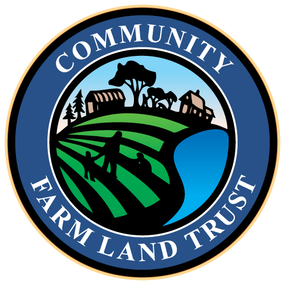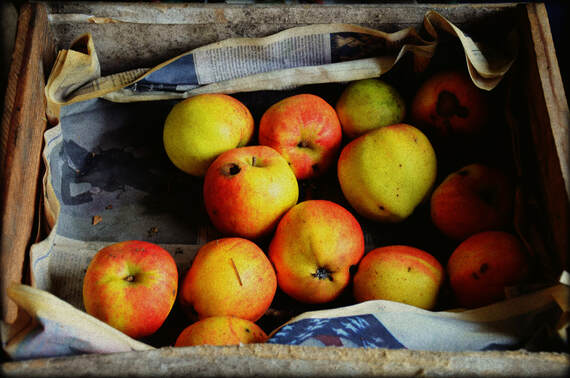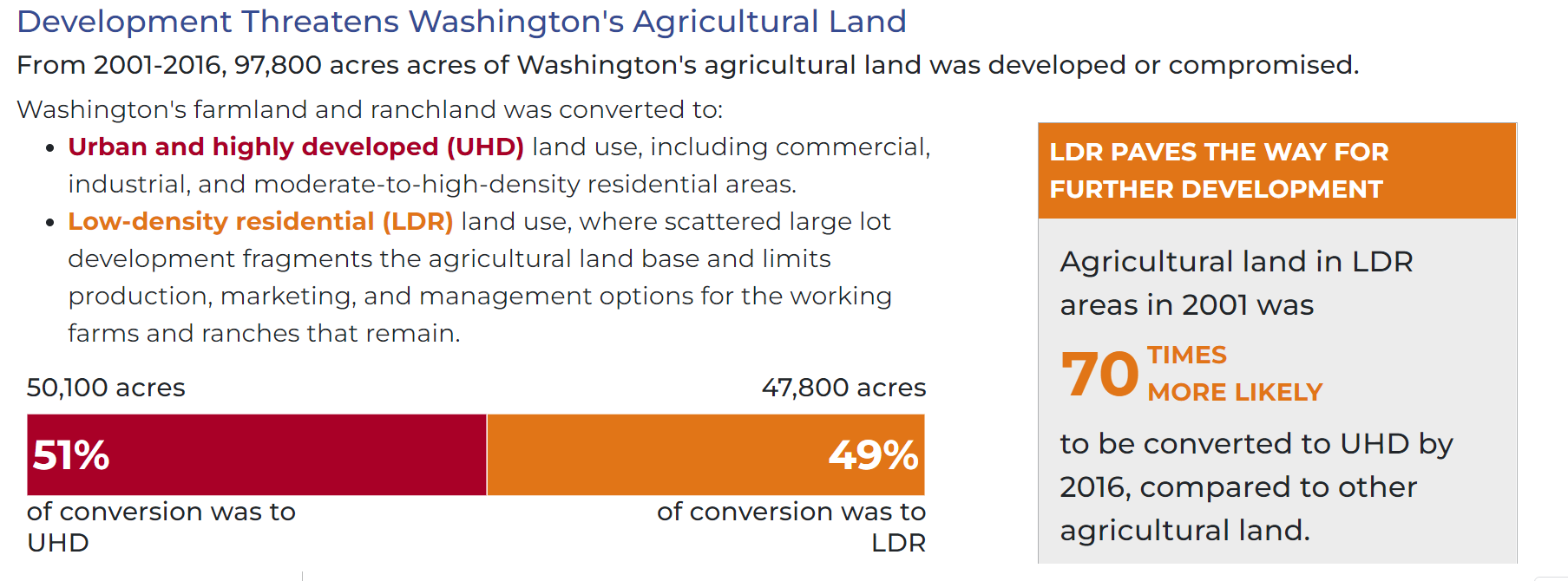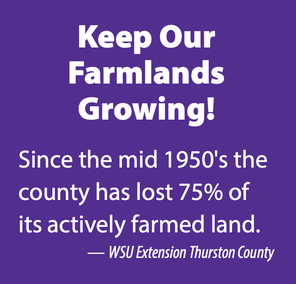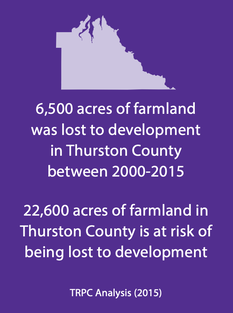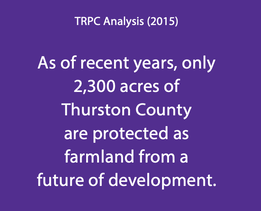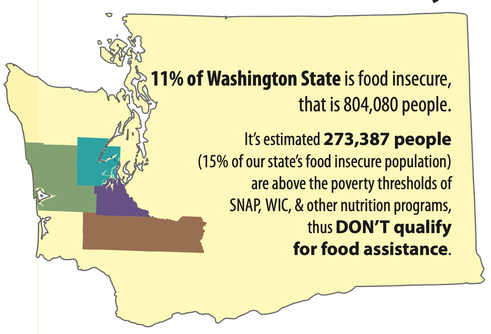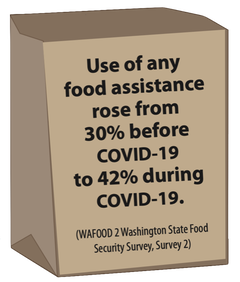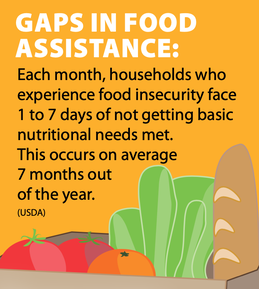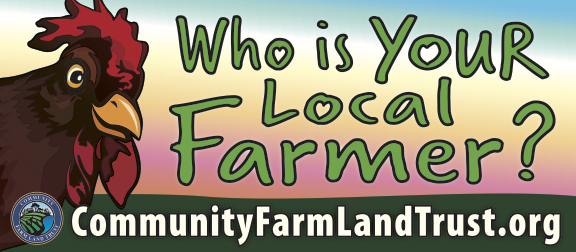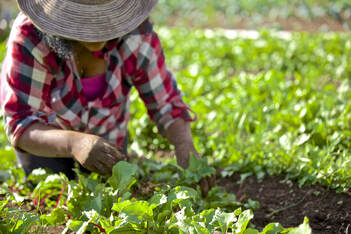Why Preserve
Farmland?
|
"No issue will be more important to 21st century America than how we use our dwindling land resources. The competition for land—especially productive agricultural land—will intensify as our population grows and communication technologies make it easier for us to live and work in widely dispersed communities. The irreplaceable land that produces our food and provides us with scenic open space, wildlife habitat, and clean water is increasingly at risk from urban sprawl and rural subdivisions. To ensure a prosperous future, we must save our farmland. ” - William K. Reilly, Former EPA Administrator (Saving American Farmland, 1997) |
Local working farmland provides a multitude of benefits to the community:
|
In the American Farmland Trust's 2020 report, Farms Under Threat: The State of the States, they found unprecedented insights into the status and fate of American Farmland. "From 2001-2016, 11 million acres of agricultural land were paved over, fragmented, or converted to uses that jeopardize agriculture, curtailing sustainable food production, economic opportunities, and the environmental benefits afforded by well-managed farmland and ranchland."
Even when large parcels of prime farmland are not subdivided for development, they are still at risk of losing their water rights if they are not farmed. Once water rights are extinguished due to non-use, the ability of the land to grow most food crops is lost forever. The serious loss of food producing capability is harmful to our long term local food security. As the American Farmland Trust says, “No Farms, No Food.”
Washington is in the top 10 states with the fastest growing population. As our local population grows, farms and farmland become a vital resource in our community’s food security. It is imperative to preserve local farmland, so that we can sustain a healthy balance of smart growth development strategies while maintaining our local food systems. This takes a committed network of community partners focused on farmland preservation that includes; city and county planners, local agencies, conservation districts, and organizations like the Community Farm Land Trust. Our work at the Trust is focused on preserving working agriculture land and fostering conservation easements.
Thurston County’s population has been growing steadily every year, thousands of new residents are putting pressure on the land. This growth has led to an unfortunate loss of farms and farming. The county has one of the largest rates of loss of farmland in Western Washington. From a 1 acre urban garden that produces over 10,000 pounds of food a year to hundred acre parcels associated with dairies or livestock production, Thurston county has – and needs – a diversity of farms and farmers. Farmland provides local foods, local economies, and open space. Future plans for the county define how many new roads, sewers, and schools will be needed, but what about farmland? As Thurston County continues to grow, development pressure on farmland will only increase.
Thurston County’s population has been growing steadily every year, thousands of new residents are putting pressure on the land. This growth has led to an unfortunate loss of farms and farming. The county has one of the largest rates of loss of farmland in Western Washington. From a 1 acre urban garden that produces over 10,000 pounds of food a year to hundred acre parcels associated with dairies or livestock production, Thurston county has – and needs – a diversity of farms and farmers. Farmland provides local foods, local economies, and open space. Future plans for the county define how many new roads, sewers, and schools will be needed, but what about farmland? As Thurston County continues to grow, development pressure on farmland will only increase.
In order to preserve working farmland in our region, we need fertile, productive farmland. We also need a new generation of skilled farmers able to work the land. In Washington State, the average farmer, 65 or older, is more than 5 times the amount of farmers under the age 35. Success for this new generation of farmers and ranchers is dependent upon their access and ability to secure suitable and affordable land to sustain and expand their operations and production. The Community Farm Land Trust can play a vital role in transferring land from older generations to new generation farmers and creating more equitable access to farmland. Developing and maintaining a new generation of skilled farmers able to work the land is crucial to sustaining local food production for our communities.
|
Local farmland and food production is essential to our environment by meeting the demands of climate change and providing habitat for wildlife. Regenerative farming practices can improve water and air quality, enhance ecosystem biodiversity, produce nutrient-dense food, and store carbon to help mitigate the effects of climate change. In addition, the open land helps to recharge groundwater levels and it can also help to increase yields as we address climate change for our local agricultural and food production. Thurston County relies almost exclusively on ground water for its population.
|
"While all agricultural lands have value, they are not all created equal. Thus, it is important to concentrate food and crop production on soils that offer optimum productivity, versatility, and resiliency. If we destroy the land best suited for cultivation, we drive production to marginal land with fragile soils, reducing overall ecological benefits. Beyond that, we weaken the viability of the agricultural sector." (AFT, State of States Report, 2020) |
|
Local farms play a vital role in assisting food banks with food insecurity in our communities. Many farms grow food directly for people in need or donate leftovers or excess crops from harvest.
Donated food from farms improves the health of all our community members through greater access to fresh, nutrient dense foods. Food banks have become even more essential and help bridge the gap for people who are food insecure and do not qualify for other types of nutritional assistance programs.
|
|
Historically, communities have revolved around food. We gather together at our tables with friends and families to celebrate, to support, to comfort, to share, and to connect with each other. Food has always been a tool for connection among people. Traditions and cultures are passed down through the recipes of our ancestors. When we take the time to learn from each other's cultural heritage, we cultivate a better understanding of others' traditions and cultures, and create more tolerance amongst our differences.
|
Local farmland supports our regional food system by filling our groceries stores, farmers markets, food co-operatives, and food banks with the freshest, local produce, products, and ingredients. This reduces the carbon footprint of transportation and distribution of our food. The more we support local farms through our purchasing power, the more dollars are invested back into our communities. Consumers can take pride in knowing where the food comes from and who grows it. Our Fresh from the Farm Guide is a valuable food and farm resource connecting you with local farms and products, farmers markets, food banks, and farmers. Learn more about our work and guide below.
